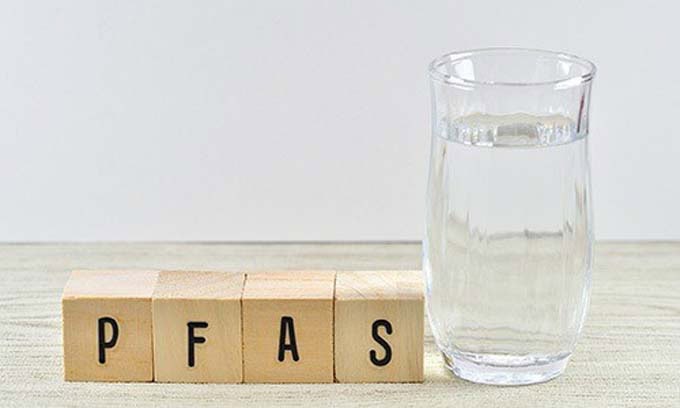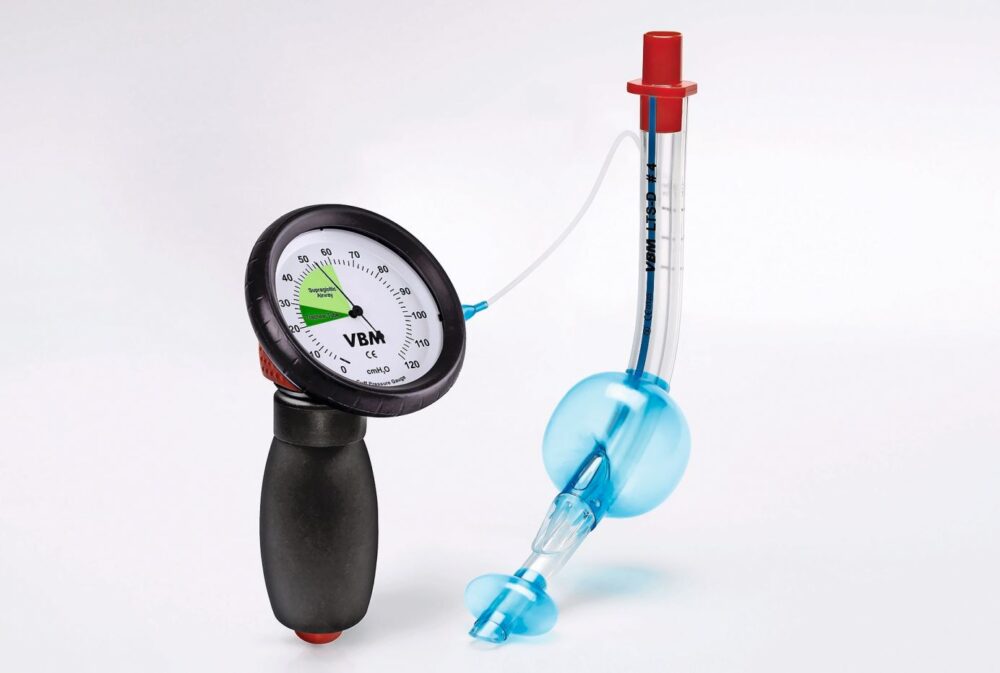Analysis and measurement methods for PFAS require uniform standards
PFAS, the so-called perpetual chemicals, pollute soil, water and our health worldwide. The SNV is involved in international committees to develop standards for the detection of PFAS. The aim: clear specifications for uniform analysis and measurement methods that ensure comparability and reliability.

PFAS (per- and polyfluorinated alkyl substances) are a group of over 10,000 synthetic chemicals that are used in numerous everyday and industrial products due to their water, grease and dirt-repellent properties - from rain jackets and food packaging to applications in aviation and medical technology. However, their chemical stability makes them virtually non-degradable, which is why they are considered "eternal chemicals".
PFAS pollution is a growing problem: They are now detectable worldwide in soil, water, animals and humans. The main sources of human exposure are food and drinking water. Certain PFAS are associated with significant health risks, including liver damage, hormonal disorders, weakening of the immune system and an increased risk of cancer.
Regulations are therefore increasingly intervening. At international level, individual PFAS have been restricted for years, for example by the EU REACH and POP regulations, which implement international agreements such as the Stockholm Convention. The European Chemicals Agency (ECHA) is currently examining a comprehensive ban on many compounds. Switzerland is also addressing the risks and requiring companies to examine alternatives or transparently label products containing PFAS.
Standardization plays a key role here. Uniform standards for analysis and measurement methods are crucial to ensure comparable results and to reliably assess exposure levels. The Swiss Association for Standardization (SNV) is involved in international committees for this purpose. Examples of current standards are SN EN 17892:2024 (Determination of PFAS in drinking water), SN EN 17681-1:2025 (textiles), SN EN ISO 23702-1:2023 (leather) and the new guide CWA 18201:2025which describes remediation measures for contaminated soil and water.
Other standardization projects are also underway, for example on PFAS analysis in sediments and waste (prEN ISO 25652) or for the analysis of critical substances in shoes (prEN ISO 25253-1 and -2). Experts from industry, science and authorities are invited to actively participate and help shape practice-oriented solutions.
Standards therefore make a significant contribution to standardizing the handling of PFAS, supporting regulatory measures and ultimately strengthening environmental and health protection.
Source and further information: www.snv.ch









